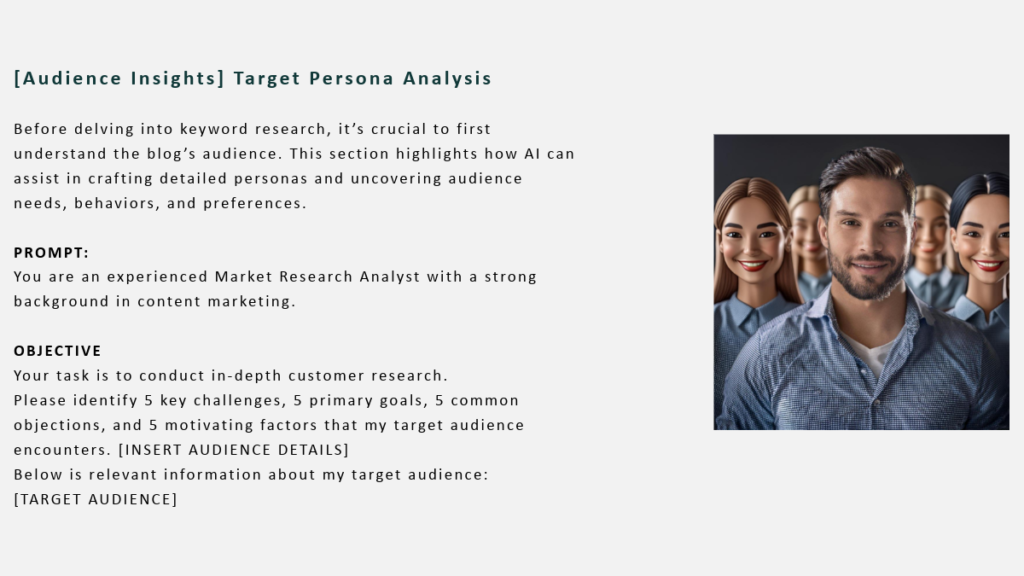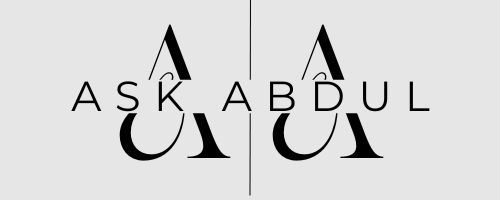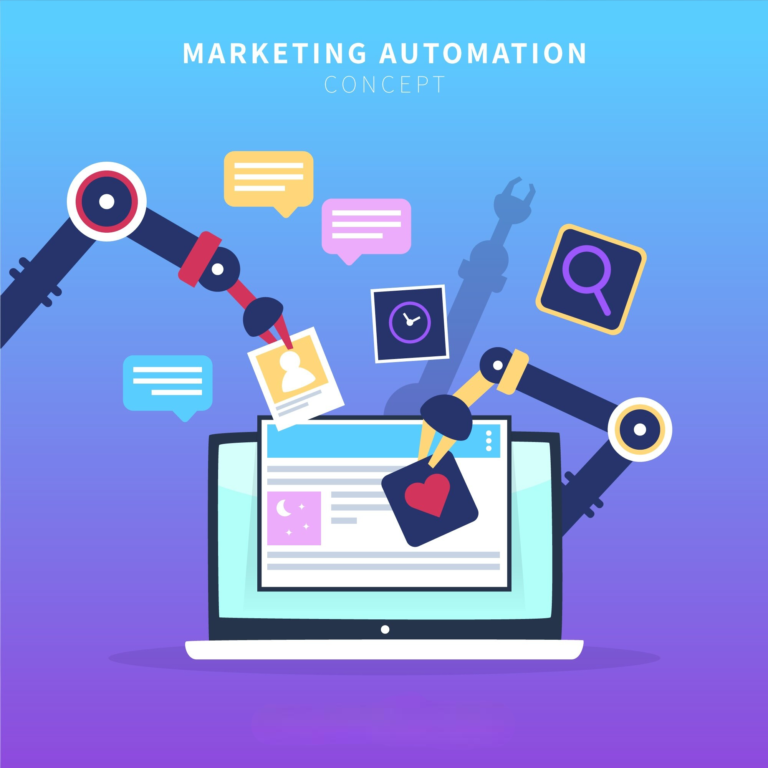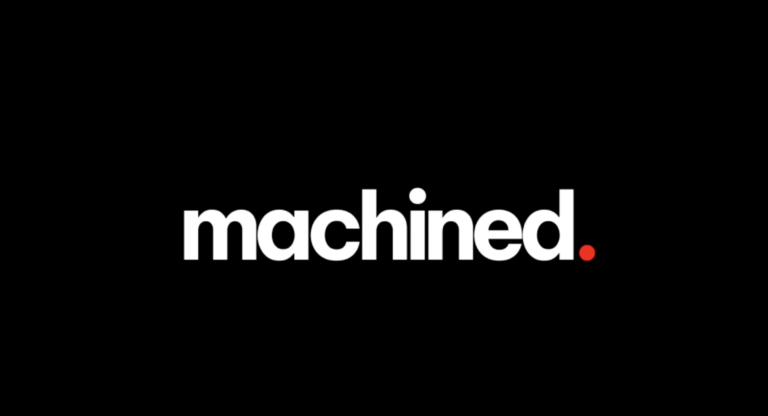How to Use AI for Content Creation: A Comprehensive Guide
In today’s fast-paced digital world, marketers are constantly seeking ways to optimize their content strategy while minimizing time and cost. AI content generation has become to know as a game-changer, allowing content writers to create high-quality, SEO-optimized content faster and more efficiently.
In this guide, I’ll walk you through a strategic framework to streamline content creation with AI, Chat gpt and other writing tools, from research to publishing, while optimizing your blog’s SEO.
So let’s get to the business!
Understanding the Role of AI in Content Marketing
AI in marketing has shaken up how we approach content creation. Whether you’re focused on SEO optimization with AI or creating engaging content, AI can provide valuable insights and automate key parts of the process. By blending AI you can enhance your content strategy and keep up with the ever-changing digital landscape.
What I am about to tell you is a Plug n Play Prompts.
Step-by-Step Guide: How to Use AI for Content Creation
1. Research – Understanding Your Audience
Before creating content, it’s needed to have a deep understanding of your target audience. Using AI tools for persona research can help you gather insights into your audience’s challenges and goals, allowing you to tailor your content to their needs.

Prompt Example:
You are a Market Research Analyst with experience in content marketing.
Your task is to conduct persona research for (YOUR TOPIC) for my audience. Outline 5 challenges, 5 goals, 5 objections, and 5 motivations that my target audience experiences.
2. Outline – Building Content Pillars and Keywords
Once you know your audience, it’s time to create content clusters and organize your blog around key topics. By using AI tools for improving blog SEO, you can identify high-ranking keywords and generate a strategic outline.
Prompt Example:
You are a Content Strategist. Your task is to create a content strategy guide for [YOUR PRODUCT/SERVICE/TOPIC].
Identify 5 content pillars and generate a list of long-tail keywords for each pillar.
Content Strategy Table
The table should be structured around key content pillars, reflecting a deep understanding of our audience's challenges, goals, and behaviors. These pillars will ensure the relevance and engagement of our content.
CONTENT PILLARS & TOPICAL CLUSTERS
Organize the blog content using 'Topical Clusters'—grouping related blog topics around a central theme to provide in-depth exploration of each subject.
KEYWORD INTEGRATION
Identify appropriate long-tail keywords for each content pillar that match the different stages of the customer journey: awareness, consideration, and decision.
STRUCTURE OF THE CONTENT STRATEGY TABLE
The content strategy table should include the following elements:
Content Topic: Aligned with key content pillars.
Long-Tail Keyword: Focused on the thematic clusters.
Stage of Funnel: Awareness, consideration, or decision stage.
Blog Post Title Idea: A creative and attention-grabbing title.
One-Sentence Description: A brief overview of what the blog post will cover.
This table will act as the foundation for producing SEO-optimized blog content that resonates with our audience's needs and supports our broader content marketing objectives.
3. Draft – Writing High-Quality Content with AI
After outlining your content, AI can assist with the drafting process. By writing blog sections individually, you can make sure that the AI-generated content remains relevant, engaging, and SEO-friendly.
Prompt Example:
You are a Content Marketing Expert. Write the introduction/conclustion for the target keyword [INSERT TARGET KEYWORD], focusing on conversational tone and SEO optimization.
TASK
Writing Style Guide:
Use a friendly Human Tone:Use a few passive voice instances or minor grammatical errors to make the writing feel more natural and relatable.Be Specific:Avoid vague or broad content. Offer specific, actionable advice and data that provide real value to the reader.
Guidelines:Conversational Tone:Write as if you’re having a casual chat with a friend—keep it casual, not formal.Embrace Honesty:Don’t shy away to admit when you don’t know something or when you’ve made mistakes.
Transparency builds trust.Personal Experiences:Share detailed, specific experiences that relate to the topic to add authenticity and insight.Natural Speech Flow:Feel free to add in tangents or side notes, just like in real conversations. It keeps the writing lively.Stay Focused:You don’t need to cover everything about the topic. Instead, hone in on your personal experience to keep it engaging.
Note
Do not realy on Chatgpt for the writing style as it will spit back cliche words which can quickly detected by google and even the readers that it is written by AI, Feed chat Gpt your own writing style guide Full Guide.
Exploring AI Tools for Improving Blog SEO
To make your blog’s performance more powerful, it’s important but not necessary, though as Chat gpt or Claud can do that as well, to use SEO optimization with AI tools. Tools like NeuronWriter and SurferSEO help refine content, ensuring that it ranks well on Google by focusing on keyword placement and readability.
4. Optimize – Fine-Tuning for SEO

Once you create a draft, optimizing for SEO is the next crucial step. Use AI to analyze keyword density, readability, and internal/external linking. Tools like NeuronWriter can recommend how to incorporate additional semantic keywords to improve ranking without compromising the flow of the content.
Prompt Example:
You are an SEO Expert. Analyze the following content for keyword density, readability, internal/external linking, and content depth.
TASK
Your task is to identify all H1, H2, main keywords, Long tail and short/ keywords, key themes, FAQs, internal and external links, readability, content depth, style of writing, format, call to action, and what makes them rank high on google.5. Publish – Final Review and Posting
The final step is to review your content before publishing. Make sure that your meta descriptions, headlines, and content structure are optimized for both search engines and readers. Use AI to ensure that your blog post is engaging and informative while adhering to SEO best practices.
Prompt Example:
You are a Content Editor. Review the blog post for any missed keywords and ensure that the meta description and title are optimized for engagement and SEO.
Benefits of Automated Content Creation
Using AI for content creation doesn’t just save time; it can also provide more consistent results and enhance your ability to stay on top of the latest trends. Automated content creation allows for scalable content marketing, giving you the freedom to focus on high-level strategy while AI takes care of the details.
Optimizing Your Content Strategy with AI Insights
As you grow your blog, integrating AI insights into your strategy will help you stay competitive. Whether you’re optimizing for SEO or enhancing content strategy with AI, the tools available today offer powerful solutions for improving your blog’s performance.
Conclusion
Getting help with AI-powered content creation tools, is a help but remember to put your human input before publishing as you should not totally be dependent on AI because every human has a different personal experience with almost everything while AI has no personal experience with the
product/topic/service and here it needs human input. You can streamline your workflow and generate content that ranks well on Google. Following a framework of research, outlining, drafting, optimizing, and publishing ensures that your content is not only efficient but also optimized for SEO. Start using AI in your marketing efforts today and experience the benefits of automated content creation.






